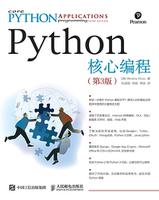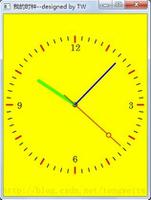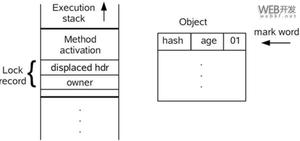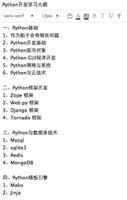《Python核心编程》第二版第186页第七章练习

7-1.
字典方法。哪个字典方法可以用来把两个字典合并到一起。
【答案】
dict.update(dict2)
将字典dict2的键-值对添加到字典dict
7-2.
字典的键。我们知道字典的值可以是任意的Python对象,那字典的键又如何呢?请试着将除数字和字符串意外的其他不同类型的对象作为字典的键,看看哪些类型可以,哪些不行。对那些不能作为字典的键的对象类型,你认为是什么原因呢?
【答案】
Python对象:
可哈希对象(不变类型)---数字,字符串和元组(但要加以限制)
不可哈希对象(可变类型)--列表,字典,集合
需要注意的是:值相等的数字代表同一个键,元组作为键时,其元素必须是可哈希的。
内建函数hash()可以判断某个对象是否可以做一个字典的键,如果非可哈希类型作为参数传递给hash()方法,会产生TypeError错误,否则会产生hash值,整数。
>>> hash(1)
1
>>> hash('a')
-468864544
>>> hash([1,2])
Traceback (most recent call last):
File "<stdin>", line 1, in <module>
TypeError: unhashable type: 'list'
>>> hash({1:2,})
Traceback (most recent call last):
File "<stdin>", line 1, in <module>
TypeError: unhashable type: 'dict'
>>> hash(set('abc'))
Traceback (most recent call last):
File "<stdin>", line 1, in <module>
TypeError: unhashable type: 'set'
>>> hash(('abc'))
-1600925533
>>> hash(1.0)
1
>>> hash(frozenset('abc'))
-114069471
>>>
>>> hash(((1, 3, 9)))
1140186820
>>> hash(((1, 3, '9'), (1, 2)))
1944127872
>>> hash(((1, 3, '9'),[1,2], (1, 2)))
Traceback (most recent call last):
File "<stdin>", line 1, in <module>
TypeError: unhashable type: 'list'
>>>
以上是 《Python核心编程》第二版第186页第七章练习 的全部内容, 来源链接: utcz.com/z/386976.html








